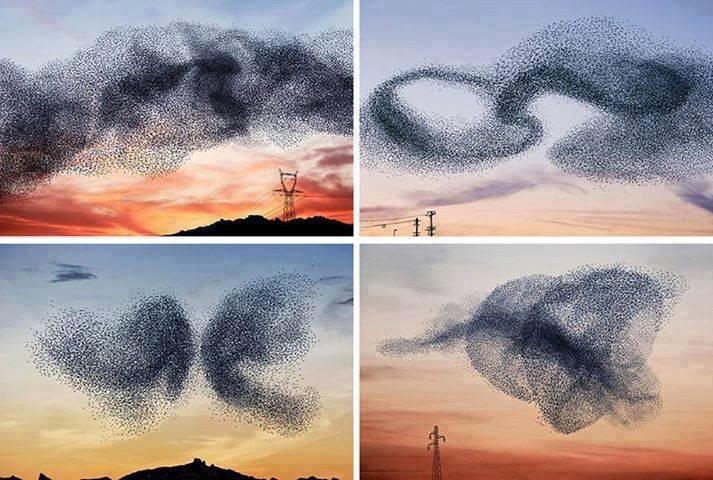
https://medium.com/open-participatory-organized/an-open-architecture-for-self-organization-4e85d4413e09
The selforganized work ecosystems.
When we speak about selforganization we must consider the next elements:
1) A selforganizing system regulates it’s internal dynamics without external intervention. For this case, a system can be interpeted as two or more elements with a common purpose.
2) It’s basic internal rules, provide coordination and communication to the elements that are part of it, out of control and centralization, these rules have been created from elements system’s interaction and their positive feedback on their behaviors, that means value delivery efectiveness.
3) We must remember that selforganizaing system strengths resides on its capability to create and maintain new behaviors, which let’s generate more effective adaptation to the system or let it to discovering new contexts and their respective behaviors based on positive feedback.
We can see an example at the musical and theatrical domains. The choreography is to selforganization as the orquestation is to command and control. At choreography, when a ballets performs, each element (dancer) knows it’s’s individual role and performs its based on the response of the others dancers and the time assigned by the music (rules which provide basic aligment). So, the ballet emerges from the general action of all the dancers, more than a central control, which differs from orquestation.

VUCA Environment
At the orquestation, the main driver provide master control. Set the pace, addresses each instrument when it must be added. All process aspects are controlled by this driver, this decides and provide detail intructions acoording its interests and priorities.
At real life, the major of traditional companies are based on orquestation. Neither uniquely it will be based on orquestation nor only based on selfoganization, this would be depends on the outcome postivive impact wich is desired.

As we see, there are places where its required rigid control / extreme to give effectiveness to the outcome. Likewise, there are places wich requires flexibility and creativity to guarantee an effective level of achieveness. All this depends on inspection and adaptation regarded to our value definition about what the customer expeFirst, as executive leaders, we need to realize it, nobody wants to work in a place where she / he will be monirored 24 hrs, where the chief has a monitoring remote tool, and according to his whim, he will watch what were done or what are doing their “collaborators”. They wouldn’t like to work either on a place where exist an anarchy, where there isn´t any control but also any outcome, and everybody give excuses related to the framework, remarking: “we deliver outcomes when we want, we don’t have any metric, the best way to know the progress is coming to our metings a stay quiet, that’s what the framework says ”.
At our next article, we will talk about the three ingredients which are key and is needed to deliberately think in order to adjust our work ecosystem to meet the clients and business needs.
Please have an excellent week.
Miguel Angel Martínez Hernández. July 2020.
Bliography:
- Johnson, S. (2004). Emergence: The connected lives of ants, brains, cities, and software. New York: Scribner.
- Luhmann, N., & Mansilla, D. R. (2005). Organización y decisión: Autopoiesis, acción y entendimiento comunicativo. México: Universidad Iberoamericana.




